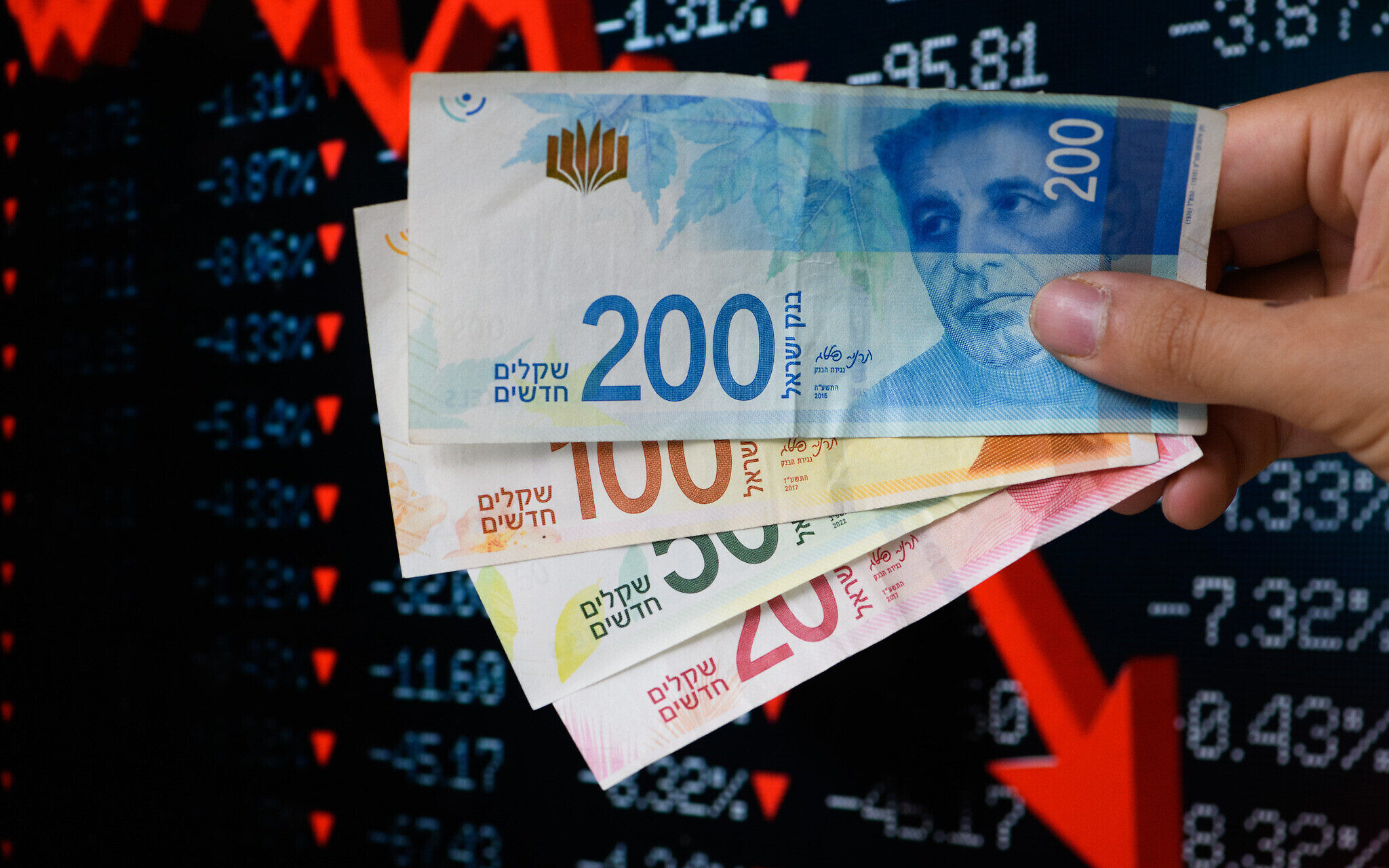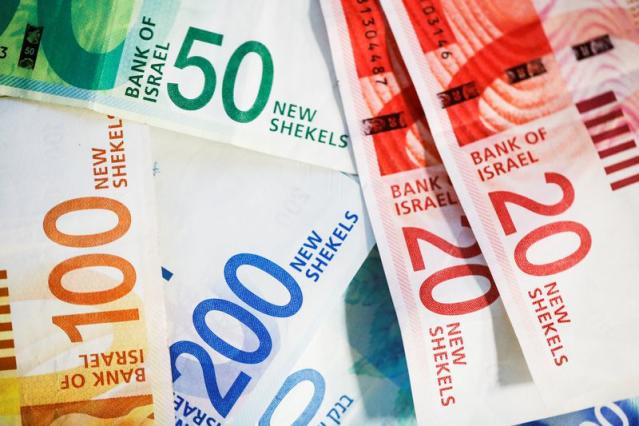Israeli Shekel Plummets to Nearly 8-Year Low in Wake of Hamas Attack, Prompting Central Bank Intervention

Israeli Shekel Plummets to Nearly 8-Year Low in Wake of Hamas Attack, Prompting Central Bank Intervention
In a startling turn of events, the Israeli shekel hit its lowest point in nearly eight years against the mighty US dollar on Monday, sending ripples across the global financial landscape. The currency’s value plummeted by more than 3%, settling at a concerning 3.9581 shekels to the dollar, a level unseen since 2016. These tumultuous financial waters were churned by the recent conflict escalation when Hamas unleashed a barrage of attacks on Israel over the weekend.
The Israeli central bank responded swiftly to the shekel’s freefall, announcing a proactive move to sell up to $30 billion worth of foreign currency in the open market. The goal? To quell the financial turmoil and maintain a semblance of economic stability in the face of adversity.
The Tug of War: Geopolitics vs. Economy
In the complex world of international finance, the value of a nation’s currency can be a barometer for its economic and geopolitical health. The Israeli shekel’s sharp decline, in this case, reflects the immediate impact of the conflict with Hamas on the nation’s financial stability.
Hamas, the militant Palestinian organization, which controls the Gaza Strip, launched a series of rocket attacks targeting Israel. The ensuing violence triggered a crisis atmosphere, raising concerns not just about the safety and security of Israeli citizens but also about the nation’s economic well-being.
The market response was swift and decisive. Investors and traders reacted to the heightened tension by selling off shekels, seeking safer havens for their funds. This mass exodus from the shekel drove its value down, as the law of supply and demand took its course.
The Israeli Shekel’s Recent History
Before delving deeper into the current crisis, it’s essential to understand the recent history of the Israeli shekel. In the years leading up to the conflict, the shekel had been on a relatively stable trajectory. Strong economic fundamentals, such as robust tech industries and a resilient startup ecosystem, had buoyed the currency.
Israel’s Central Bank had also played a pivotal role in maintaining a competitive exchange rate and managing inflation. These factors, combined with a steady stream of foreign investments, had contributed to a strong shekel. However, the recent escalation of violence has disrupted this stability.
The Central Bank’s Intervention
Recognizing the urgency of the situation, Israel’s central bank declared its intention to intervene in the foreign exchange market by selling up to $30 billion worth of foreign currency. This action aims to curb the shekel’s sharp depreciation and bring some stability back to the currency markets.
Such interventions are not uncommon in times of crisis. Central banks often step in to prevent excessive currency volatility, which can have far-reaching consequences for a nation’s economy. By selling foreign currency reserves, the central bank increases the supply of shekels in the market, effectively countering the downward pressure on its value.
The central bank’s announcement provided a much-needed boost of confidence to financial markets, as it demonstrated a commitment to safeguarding the economy amidst adversity.
Global Ramifications
The Israeli shekel’s tumble has not gone unnoticed on the global stage. As a nation with strong ties to international trade and finance, Israel’s economic woes have the potential to ripple outward, affecting foreign investors and trade partners.
For investors in foreign exchange markets, the shekel’s sharp decline presents both risks and opportunities. Currency traders, for instance, may look to capitalize on the shekel’s volatility by speculating on its future movements. However, this uncertainty can also deter foreign investment in Israel’s economy.
On the trade front, a weaker shekel can make Israeli exports more competitive in international markets. This could provide a lifeline for some of the nation’s struggling industries, such as tourism, which has been hit hard by the COVID-19 pandemic.
The Human Toll
While the economic ramifications of the shekel’s fall are significant, it is essential not to lose sight of the human toll of the conflict. The recent violence between Israel and Hamas has resulted in casualties and widespread fear, particularly for those living in affected areas.
The escalation of hostilities is a stark reminder that geopolitical tensions can have far-reaching consequences, impacting not only financial markets but also the lives and well-being of people on both sides of the conflict.
A Fragile Path Forward
As Israel grapples with the challenges posed by the shekel’s depreciation and the ongoing conflict, the path forward remains uncertain. The central bank’s intervention is a vital step towards stabilizing the currency, but it may take time for the markets to regain confidence fully.
The ultimate resolution to the crisis lies in achieving a lasting peace in the region, a goal that has remained elusive for generations. Until then, the Israeli economy, like its currency, must navigate the turbulent waters of geopolitics and strive for stability in an unpredictable world.
Conclusion
The Israeli shekel’s recent nosedive to nearly an eight-year low against the US dollar serves as a stark reminder of the intricate interplay between geopolitics and economics. The ongoing conflict with Hamas has roiled financial markets, prompting Israel’s central bank to take decisive action to maintain stability.

While the central bank’s intervention provides a glimmer of hope, the broader resolution to the crisis lies in achieving lasting peace in the region. As Israel continues to navigate these uncertain waters, the world watches with a keen eye, mindful of the human toll and economic consequences of ongoing conflicts in this volatile part of the world.





